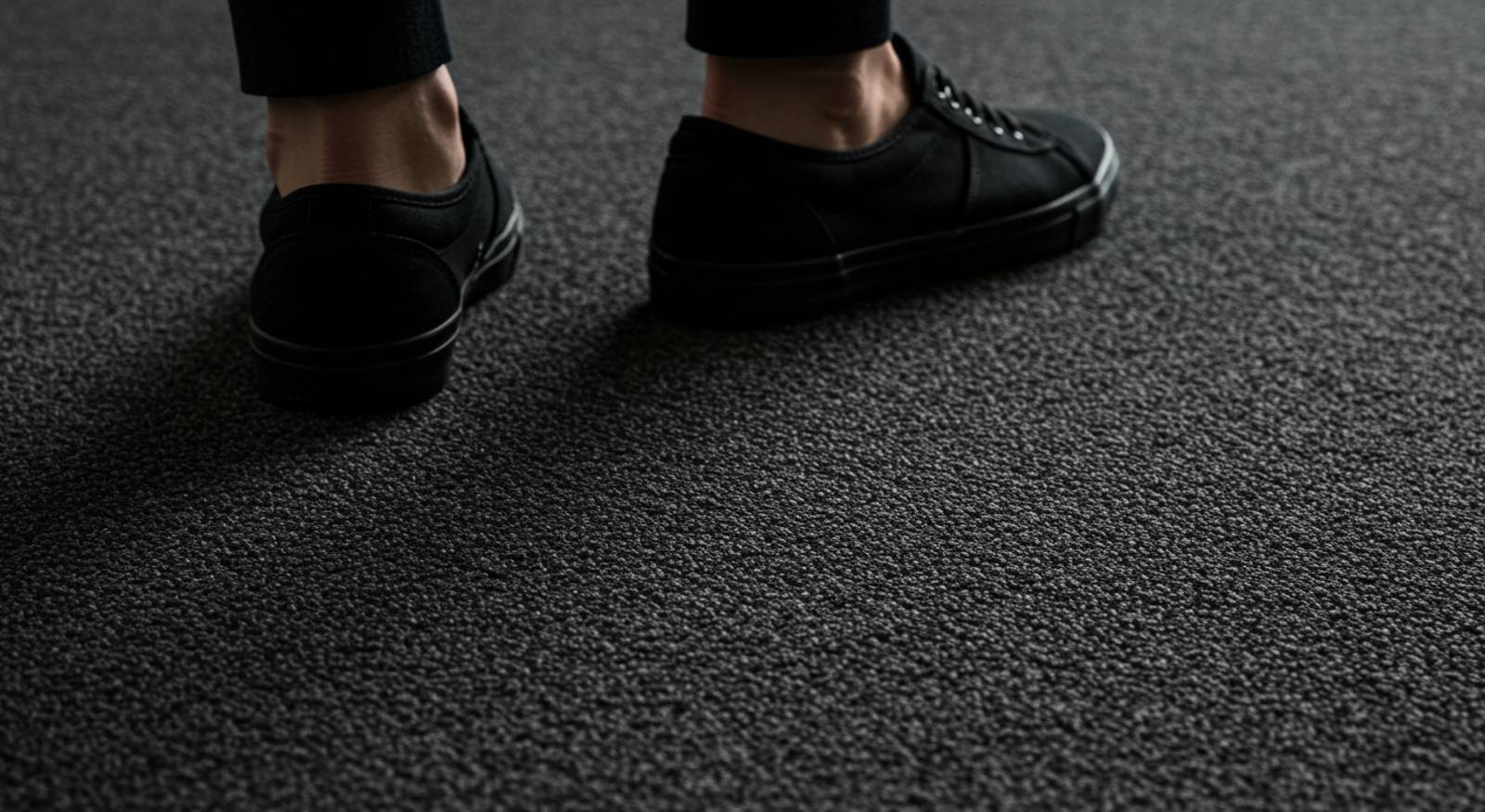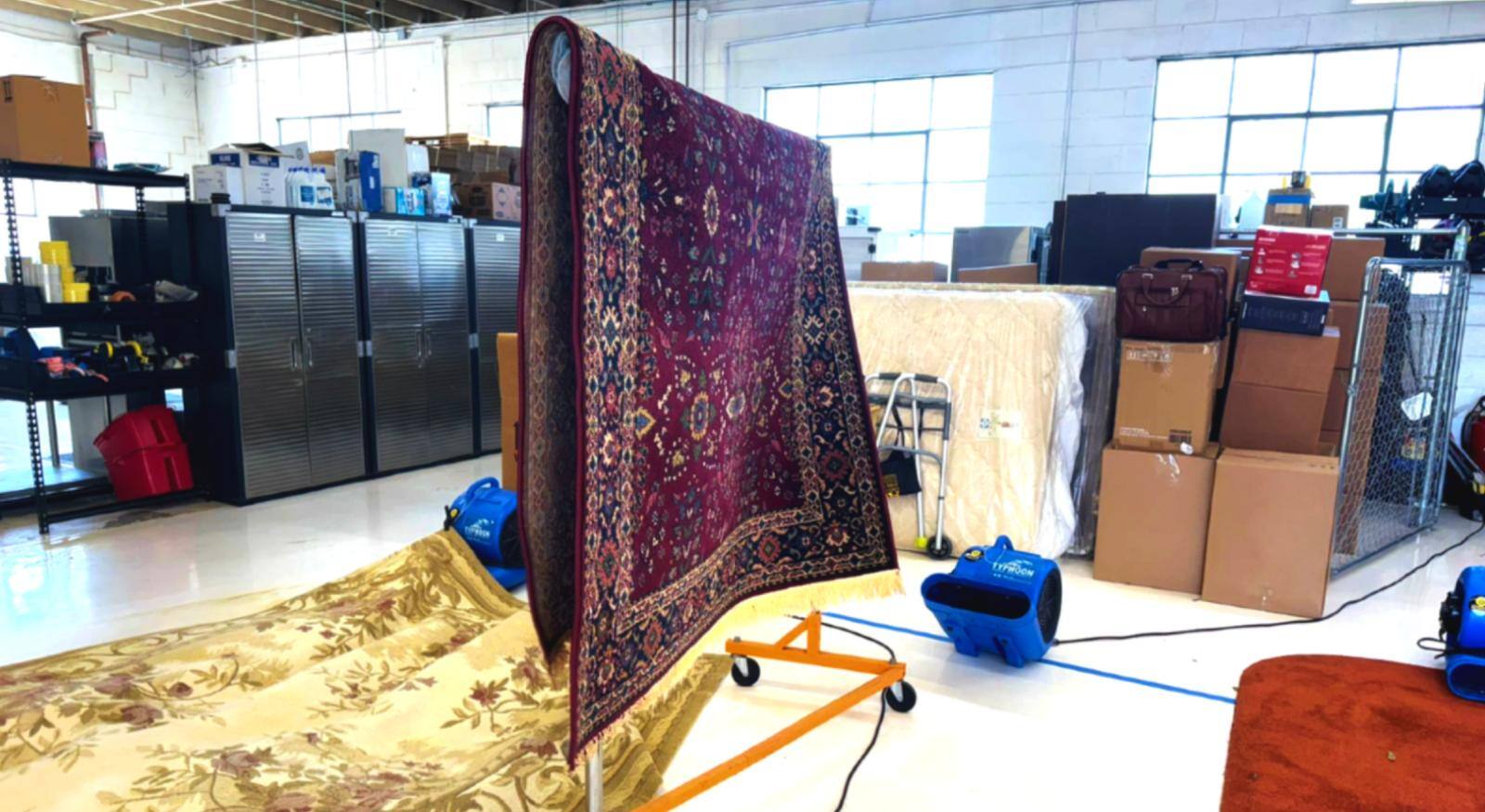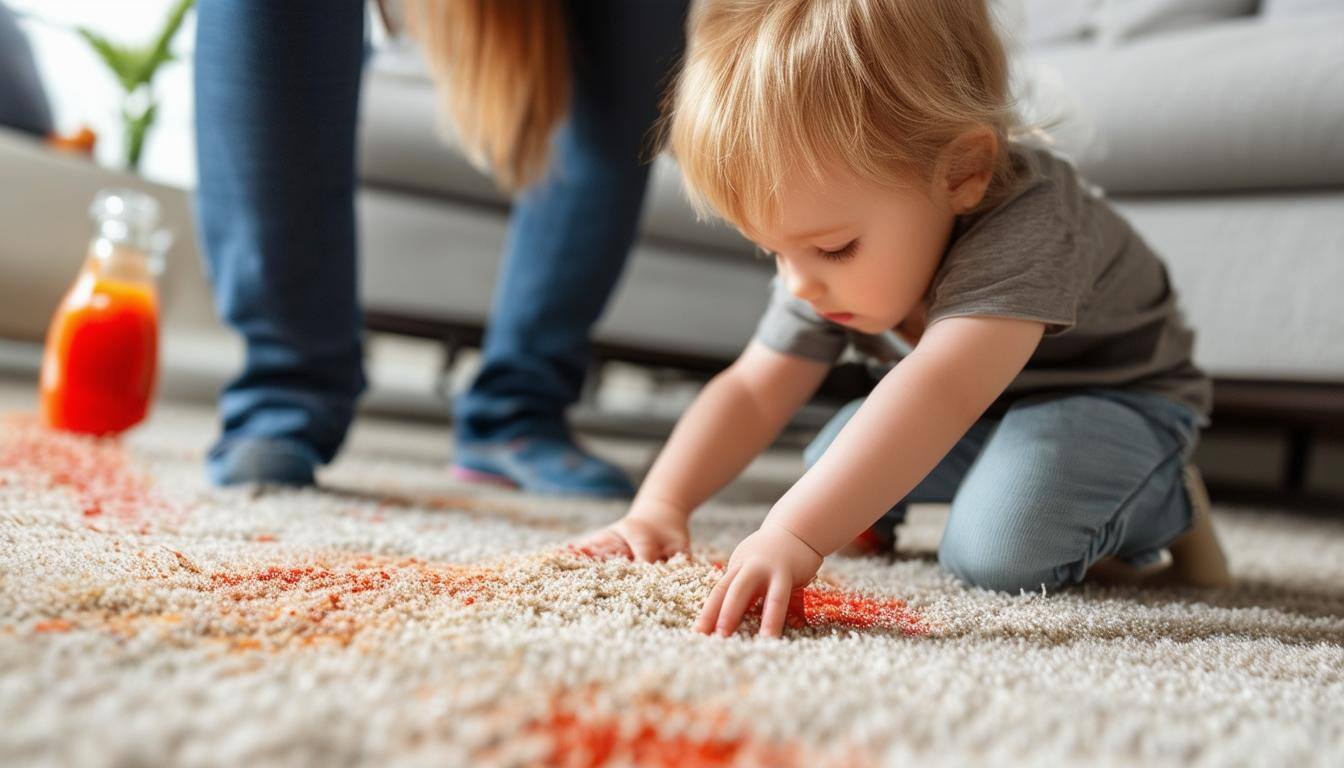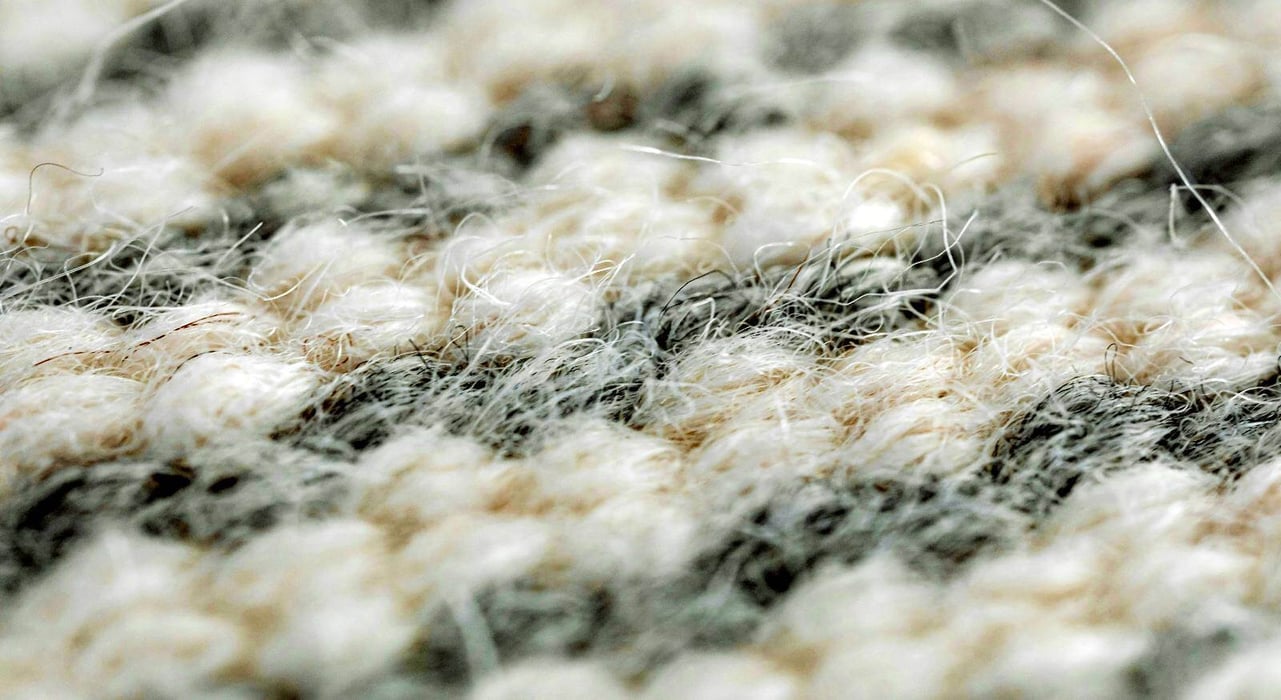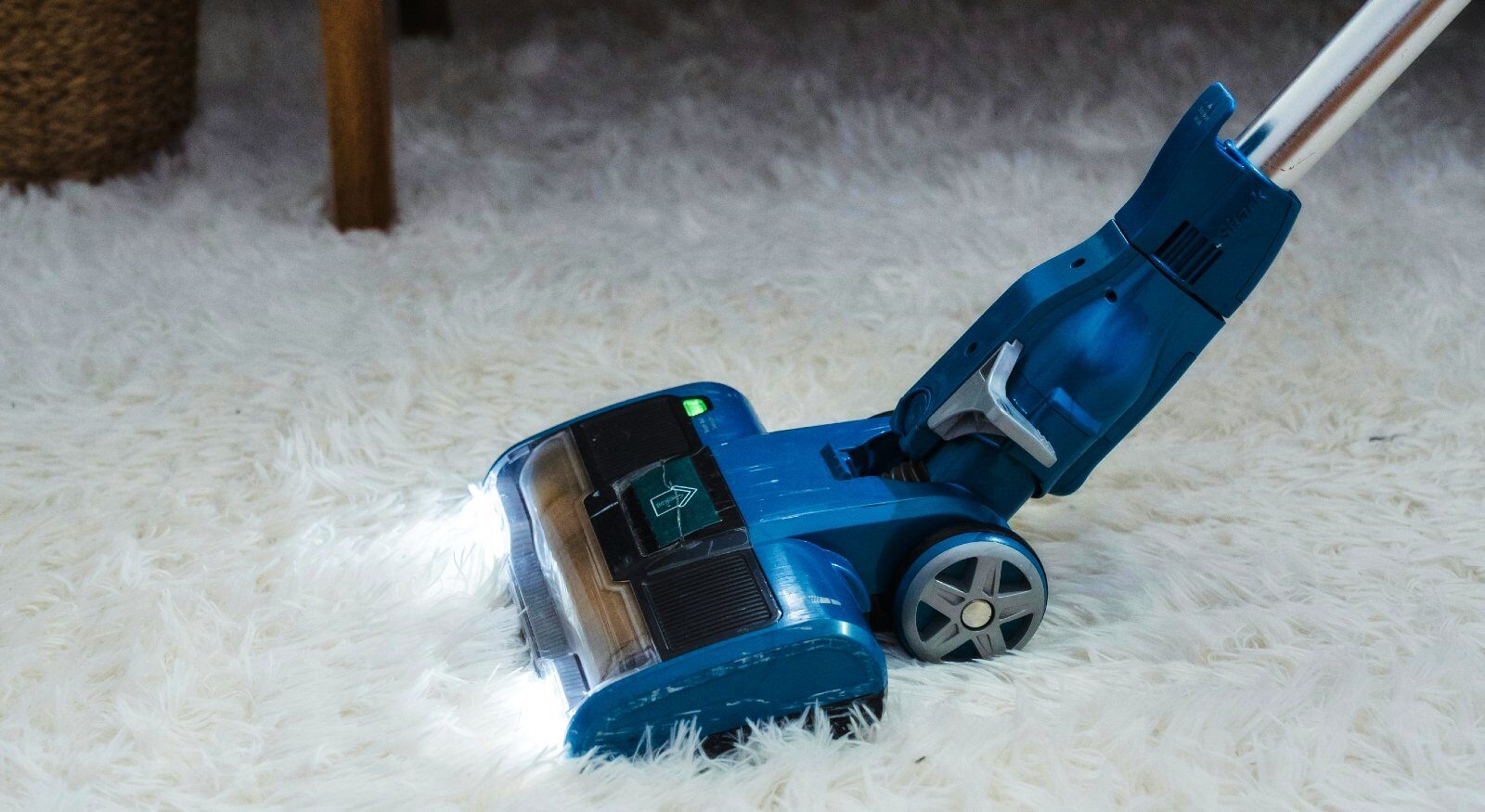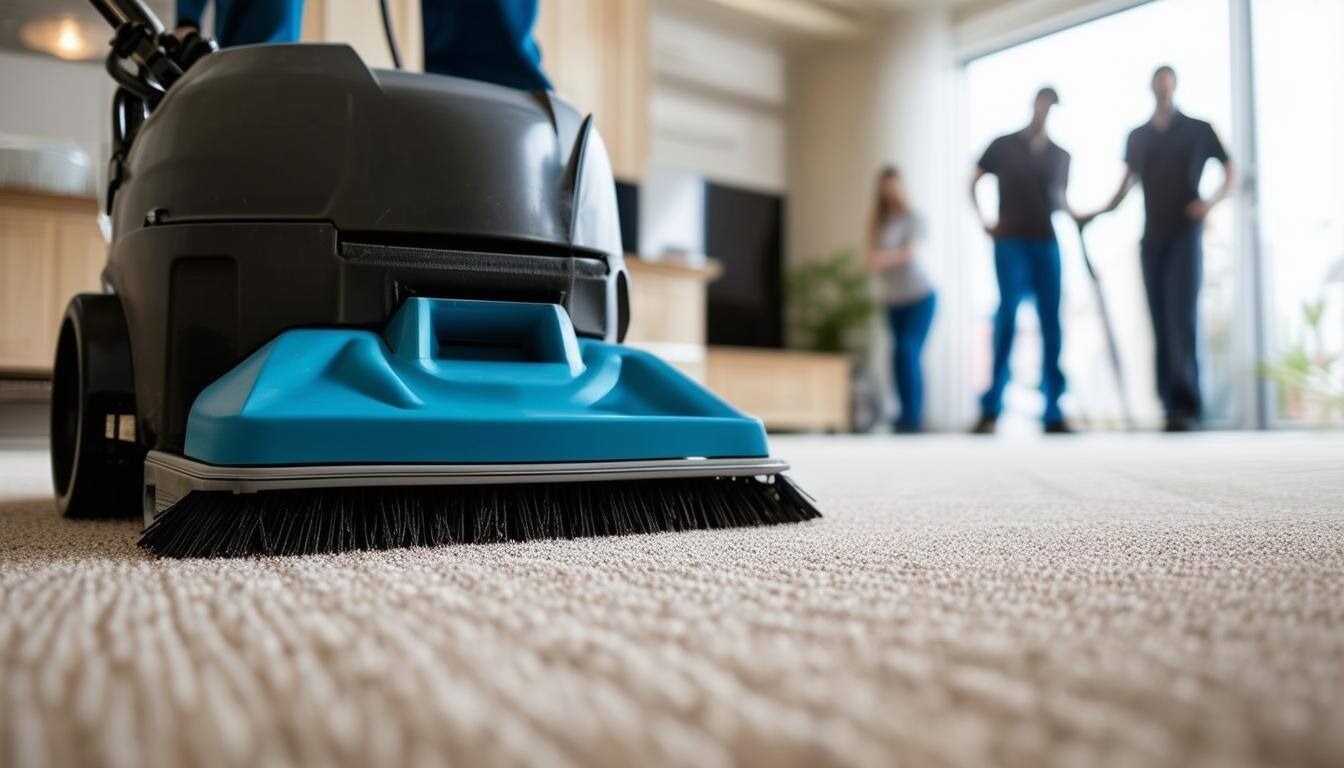Carpet Cleaning: Understanding the Dangers of Bloodborne Pathogens
May 21st, 2025
3 min read
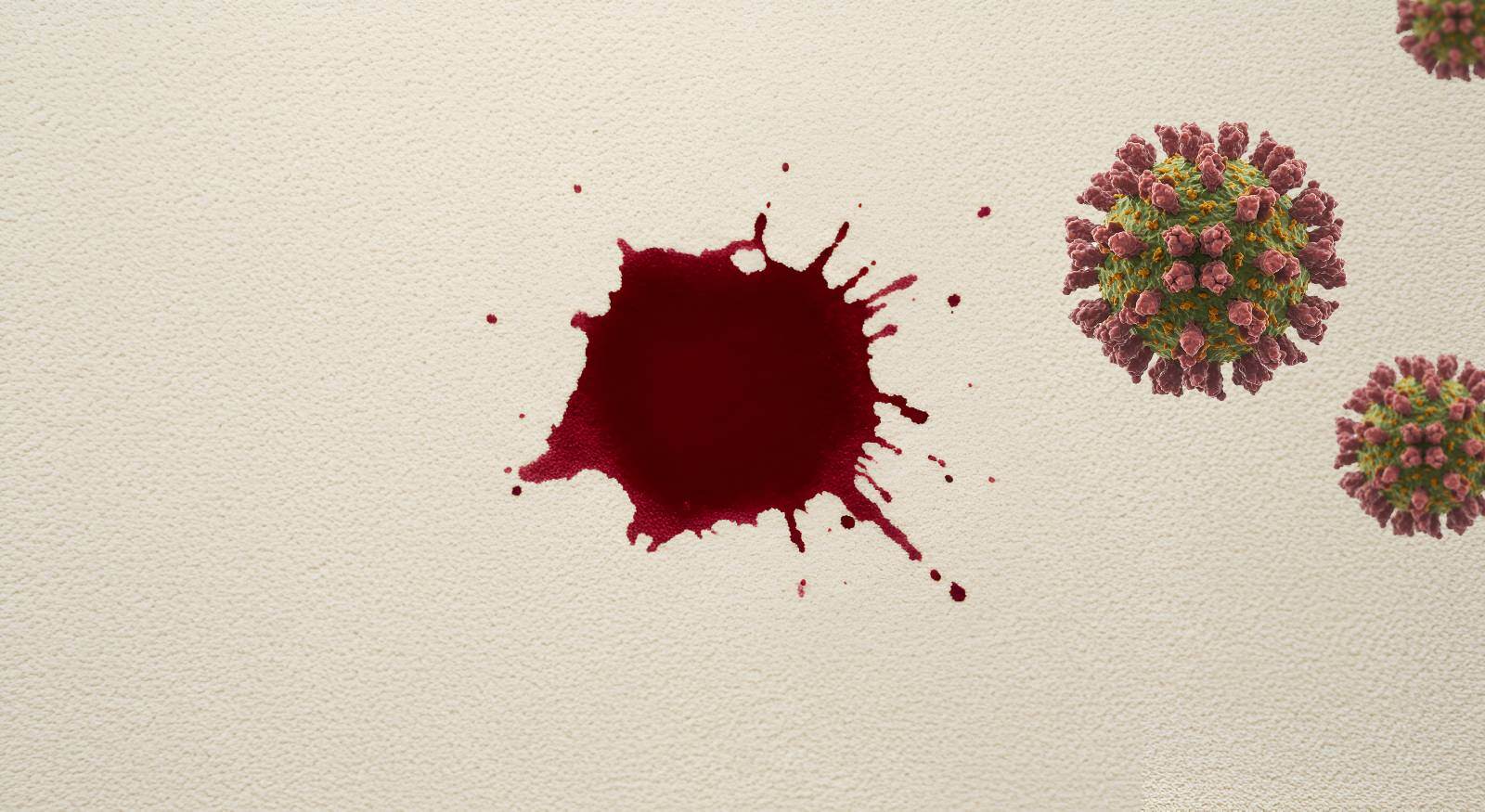
No one likes stains on their carpets, but did you know that blood stains can be dangerous? Accidents are common, but bloodstained carpets carry a more serious threat than other types of spills. Not knowing about these hidden dangers can cause a delayed reaction, further risking your and your family's health.
We're here to illuminate the dangers of bloodborne pathogens in carpets. At Restore-It, we have dealt with situations involving biohazardous materials in our years of offering professional carpet cleaning services.
Let's examine these pathogens, their risks, and the importance of professional cleanup. So, let's learn how to ensure a safe and healthy environment for your home!
What Are Bloodborne Pathogens?
According to the Occupational Safety and Health Administration (OSHA), bloodborne pathogens are microorganisms found in human blood that can cause various diseases upon exposure.
- Viruses: These organisms continuously self-replicate inside a living host.
- Bacteria: These single-celled organisms can cause infections.
- Other Pathogens: This includes parasites and other microorganisms.
Common Bloodborne Pathogens
Some of the most common and concerning bloodborne pathogens include:
- Hepatitis B (HBV): A viral infection that affects the liver, causing inflammation and damage. It can lead to chronic liver disease, cirrhosis, and liver cancer.
- Hepatitis C (HCV): Another viral infection that affects the liver, causing similar damage to HBV. It is a leading cause of liver failure and liver cancer.
- Human Immunodeficiency Virus (HIV): A virus that attacks the immune system, making it difficult for the body to fight off infections and diseases. It can lead to Acquired Immunodeficiency Syndrome (AIDS).
Risks of Exposure
Exposure to bloodborne pathogens can occur through various routes, including the following:
- Contact with Broken Skin: If you have a cut, scrape, or other open wound, contact with contaminated blood can allow pathogens to enter your bloodstream.
- Contact with Mucous Membranes: Pathogens can also enter your body through mucous membranes, such as those in your eyes, nose, or mouth.
- Puncture Wounds: Needles or other sharp objects contaminated with blood can transmit pathogens if they puncture your skin.
The risks associated with bloodborne pathogen exposure can range from mild to severe, depending on the specific pathogen and the extent of exposure.
- Infections: Exposure can lead to various infections, some of which can be chronic and life-altering.
- Long-Term Health Problems: Chronic infections can cause long-term health issues like liver damage, immune system dysfunction, and even cancer.
- Emotional Distress: The fear and anxiety associated with potential exposure to bloodborne pathogens can be emotionally distressing.
Carpets And Bloodborne Pathogens
Carpets can be reservoirs for bloodborne pathogens due to their porous nature and ability to trap fluids and debris. Think of them as sponges that can soak up and hold onto contaminated material.
- Fiber Structure: Carpet fibers can trap blood and other bodily fluids, making it difficult to remove pathogens with regular cleaning methods.
- Depth of Penetration: Blood can penetrate deep into the carpet padding and subfloor, creating a hidden contamination reservoir.
- Environmental Factors: Warm, moist environments can promote the survival of some pathogens.
The Importance of Professional Cleanup
An expert technician is prepared to clean up the bloodstains while keeping safety in mind. Here are some of the benefits of hiring a professional:
- Specialized Training and Equipment: Professionals have the training, protective gear, and specialized equipment to handle biohazardous materials safely and effectively.
- Thorough Decontamination: Professional cleanup involves more than just removing the visible stain. It includes disinfecting the area to kill any remaining pathogens and prevent the spread of infection.
- Proper Disposal: Biohazardous materials are disposed of properly to prevent further contamination.
- Prevention of Cross-Contamination: Professionals take steps to prevent cross-contamination, ensuring that the cleanup process doesn't spread pathogens to other areas of your home.
DIY Cleanup Dangers
Attempting to clean up blood spills yourself can be risky, especially if you don't have the proper training or equipment.
- Exposure Risk: You could expose yourself to bloodborne pathogens if you don't wear the proper protective gear.
- Inadequate Cleaning: DIY methods might not effectively remove all pathogens, leaving behind a potential health hazard.
- Spread of Contamination: Improper cleaning techniques can spread contamination to other areas of your home.
- Damage to Carpet: Using the wrong cleaning solutions or techniques can damage your carpet.
The Professional Carpet Cleaning Process
Professional cleanup follows a strict protocol to ensure a safe and effective decontamination.
- Assessment and Containment: The area is assessed, and measures are taken to contain the contamination and prevent its spread.
- Removal of Contaminated Materials: Severely contaminated materials, like carpet padding, may need to be removed and disposed of.
- Cleaning and Disinfection: The affected area is thoroughly cleaned and disinfected using specialized cleaning solutions and techniques.
- Drying and Dehumidification: The area is dried to prevent mold growth and further contamination.
- Verification and Testing: After the cleanup, the area is tested to ensure it is safe and pathogen-free.
Protect Your Home and Family
Preventing bloodborne pathogen exposure is crucial for protecting your home and family.
- Wear Protective Gear: If you must clean up a blood spill yourself, wear gloves, a mask, and eye protection.
- Use Disinfectants: Use EPA-registered disinfectants that are effective against bloodborne pathogens.
- Avoid Contact: Avoid direct contact with blood and other bodily fluids.
- Proper Disposal: Dispose of contaminated materials properly, following local regulations.
- Seek Professional Help: For large spills or situations involving significant contamination, it's best to seek professional cleanup services.
Restore-It: Your Partner in Professional Cleanup
Learning the potential dangers of bloodborne pathogens in carpets and the importance of proper cleanup will prepare you to make the right choice. If you've been worried about the safety of your carpets after a blood spill, know that you're not alone. If you are dealing with blood spills or just want to refresh your carpet, contact Restore-It. As a company, we are dedicated to getting those carpets renewed back to their original shine.
Still have doubts? How about taking a look at our FREE price estimator for carpet cleaning? This easy-to-use tool will help you better understand the costs of professional carpet cleaning at Restore-It.
Topics:






